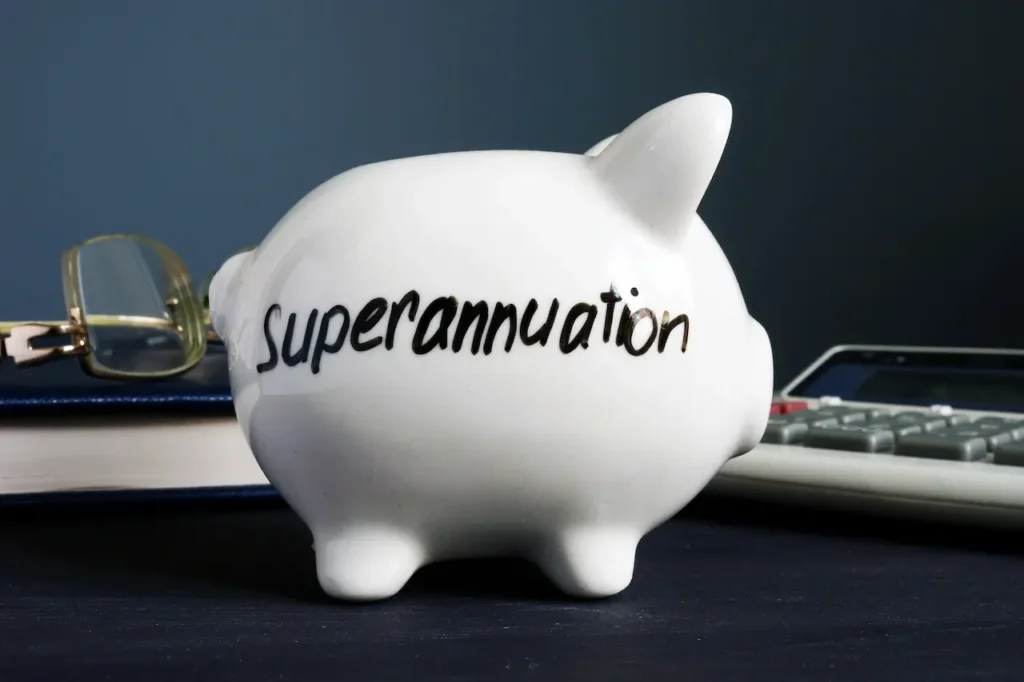Making Super Top-Ups Work for You
Making Super Top-Ups Work for You: Boost Your Retirement Savings
As Australians plan for their retirement, one crucial area they often overlook is their superannuation (super) balance. Top-up strategies can help boost your retirement savings, ensuring you enjoy a comfortable retirement when the time comes. In a recent segment on ABC Radio’s On The Money, super-specialist Marco Mellado shared some invaluable tips on how to top up your super balance. If you’re wondering how to do this, here’s a breakdown of what Marco discussed and how you can use these strategies to your advantage.

1. Superannuation Guarantee (SG) – The Employer Contribution
For most employees, the simplest way to contribute to super is through the Superannuation Guarantee (SG). The SG is the minimum amount your employer must contribute to your super fund, and it is set at 11% of your gross salary. This contribution is made in addition to your wage, and while it’s mandatory, it’s essential to regularly check that your employer is fulfilling this obligation.
Marco recommends checking your super fund to confirm the contributions are being made correctly. Even though your pay slip may show contributions, it’s not enough to just glance at it. You must log in to your super account and verify that the correct amounts have been deposited. Unfortunately, if your employer misses a contribution, they won’t automatically make up for it, so it’s your responsibility to track these payments.
2. Salary Sacrifice – Boosting Your Super with Pre-Tax Contributions
If you’re looking to contribute more than the mandatory 11%, salary sacrifice can be a great option. Salary sacrifice involves redirecting a portion of your pre-tax salary into your super account. This strategy has several benefits, but the biggest one is the tax advantage.
Normally, your income is taxed at your personal income tax rate, which could be as high as 39% for middle-income earners. However, money contributed to super via salary sacrifice is taxed at just 15%—a significantly lower rate.
For example, if you’re earning $100,000 and your tax rate is 39%, you’ll take home $61,000 after tax. But, if you elect to sacrifice that $100 into your super, instead of receiving it as income, your super fund will only be taxed at 15%, meaning $85,000 will be invested for your future.
The key consideration here is whether you can afford to forgo that extra income, as salary sacrifice means you won’t receive that money in your pocket. However, if you can manage without it, salary sacrifice can be a smart, tax-efficient way to build your super balance.

3. Making Personal Contributions – Is It the Same as Salary Sacrifice?
Another method of topping up your super is by making personal contributions. These can be either pre-tax or post-tax, and the decision ultimately depends on your personal tax situation.
The advantage of salary sacrifice, as mentioned earlier, is that it automates the process, meaning you don’t have to worry about saving up and contributing manually. It’s an easy, consistent way to increase your super balance. On the other hand, making a personal contribution may be more flexible, especially when you have a clearer idea of your financial position at the end of the financial year.
If you prefer to contribute personally, you can decide when to make these payments based on your income and tax position. For instance, towards the end of the financial year, you’ll have a better idea of your total income and any deductions, so you can make a more informed decision about how much you want to contribute to your super.
4. Before or After Tax? Which is Better?
A listener, Reebie, asked Marco whether super contributions should be made before or after tax. Marco pointed out that regular contributions should generally be made pre-tax, which is what salary sacrifice facilitates. If you’re contributing after-tax, the benefits may be reduced since you’re not taking advantage of the lower 15% tax rate that applies to pre-tax contributions.
It’s crucial to double-check your pay slip to ensure that your contributions are made before tax. If you’re unsure about the setup, or if your pay slip shows after-tax contributions, Marco suggests discussing this with your employer to ensure you’re maximizing your super benefits.
Coclusion
Making super top-ups work for you requires careful planning and understanding of the different options available. The most effective strategies for boosting your super involve taking advantage of the superannuation guarantee from your employer, salary sacrifice to reduce your taxable income, and personal contributions based on your income and tax position.
By proactively managing your super contributions, you’re setting yourself up for a more comfortable retirement. While it can be easy to overlook superannuation in the hustle of everyday life, making small changes now can lead to significant benefits in the long run.
Are you ready to take control of your super? Speak to a financial advisor or super-specialist to determine the best strategy for your situation and start boosting your super today.





